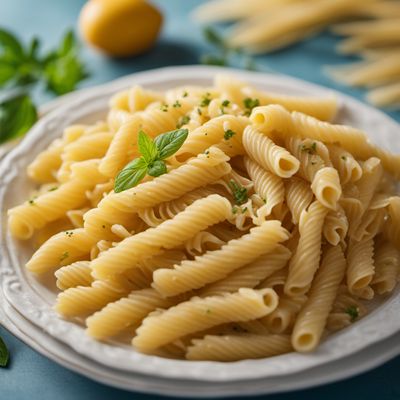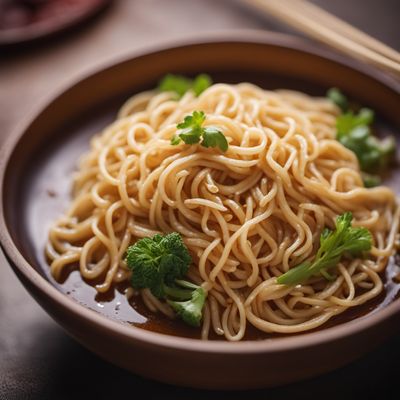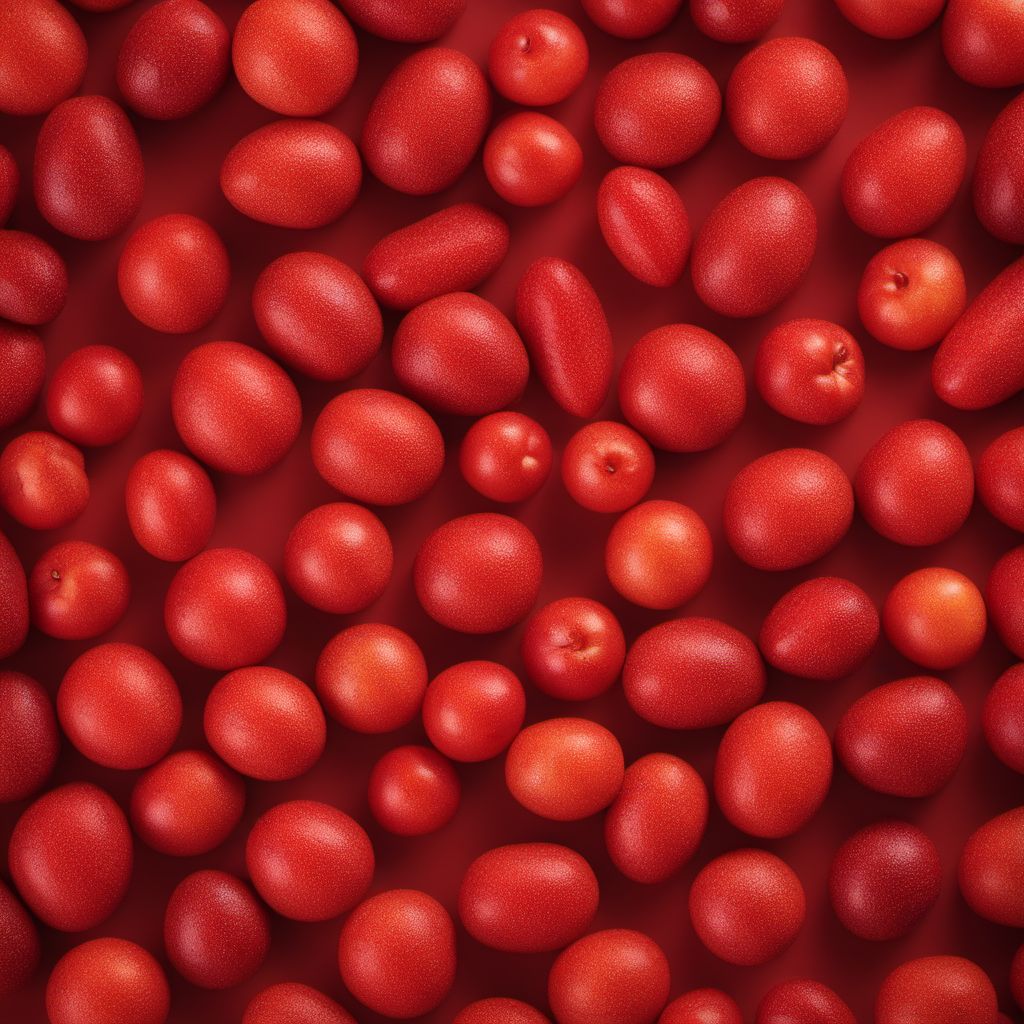
Ingredient
Couscous
The Tiny Grain with Big Flavor
Couscous is a small, granular pasta made from semolina wheat. It has a light and fluffy texture with a slightly nutty flavor. The appearance of couscous is pale yellow.
Origins and history
Couscous has been a staple food in North African cuisines for centuries and is believed to have originated in the Berber culture. It spread to other regions through trade routes and has become a popular ingredient in Middle Eastern and Mediterranean cuisines. Couscous is often associated with Moroccan cuisine, where it is traditionally steamed over a stew.
Nutritional information
Couscous is a good source of carbohydrates and provides essential nutrients such as fiber, protein, and B vitamins. It is also low in fat and gluten-free, making it suitable for individuals with gluten sensitivities.
Allergens
May contain gluten allergens.
How to select
When selecting couscous, opt for brands that offer whole wheat or whole grain options for added nutritional benefits. Look for couscous that has a uniform size and color, without any clumps or signs of moisture. It is also advisable to choose organic varieties to avoid potential pesticide residues.
Storage recommendations
To keep couscous fresh, store it in an airtight container in a cool, dry place. It has a long shelf life and can be stored for up to a year.
How to produce
Couscous can be easily prepared at home by combining equal parts of couscous and boiling water or broth. Let it sit for a few minutes until the liquid is absorbed, then fluff it with a fork. Alternatively, instant couscous is widely available and requires minimal cooking time.
Preparation tips
Couscous can be used as a base for salads, pilafs, or served as a side dish. It can also be used as a stuffing for vegetables or added to soups and stews for added texture. Additionally, couscous can be flavored with herbs, spices, or dried fruits for a more complex taste.
Substitutions
Quinoa, bulgur wheat, or rice can be used as substitutes for couscous. However, keep in mind that the texture and flavor may vary slightly.
Culinary uses
Couscous is commonly used in dishes such as Moroccan couscous with vegetables and spices, Lebanese couscous salad, and Tunisian couscous with lamb. It is a versatile ingredient that can be incorporated into various cuisines and dishes.
Availability
Commonly available in North Africa, Middle Eastern countries, Mediterranean regions, and many supermarkets worldwide.
More ingredients from this category
Recipes using Couscous » Browse all
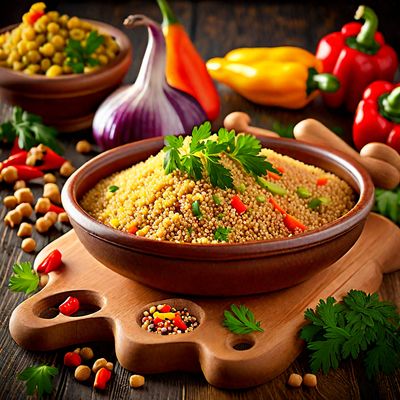
Arab-style Couscous
Savor the Flavors of Arab Cuisine with this Delicious Couscous Dish
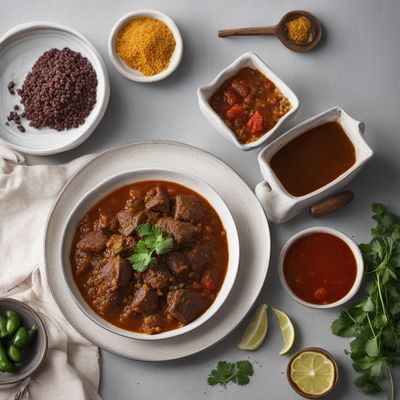
Tunisian Spiced Lamb Stew with Couscous
Savory Delights: Tunisian Lamb Maouri with Fragrant Couscous
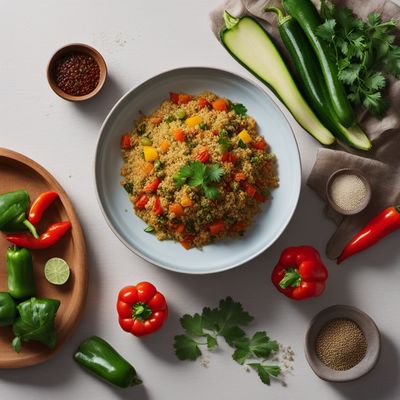
Tunisian Spiced Couscous with Roasted Vegetables
Savory Delight: Tunisian Spiced Couscous with Roasted Vegetables

African-inspired Tsigaridia with Spiced Couscous
Savory African Delight: Spiced Tsigaridia with Fragrant Couscous
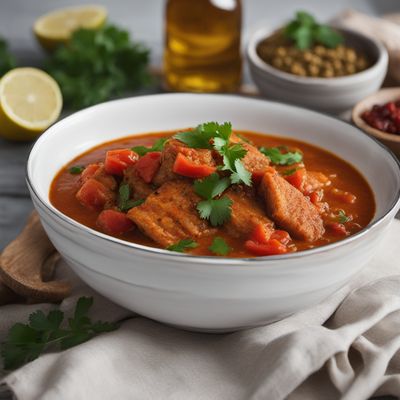
Saharan Spiced Fish Stew
Saharan Sunset Fish Delight
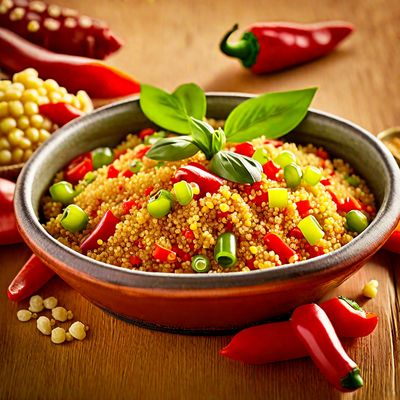
Argentinian Style Couscous
Tango Couscous: A Fusion of North African and Argentinian Flavors
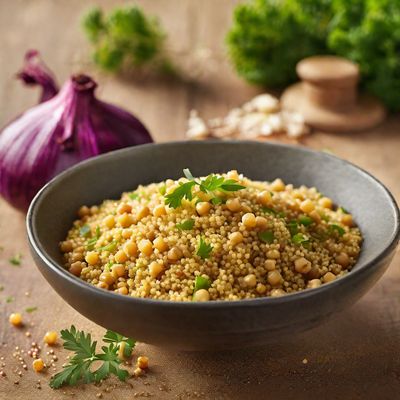
Haute Cuisine Couscous
Elevated Couscous Delight

Puerto Rican Style Couscous
Caribbean Delight Couscous
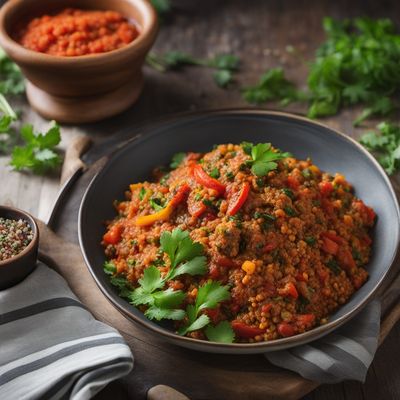
Algerian Chakhchoukha with Spiced Lamb and Vegetables
Savor the Flavors of Algeria: Spiced Lamb and Vegetable Chakhchoukha

Couscous with Mediterranean Flavors
Mediterranean Delight: Nouvelle Cuisine Couscous
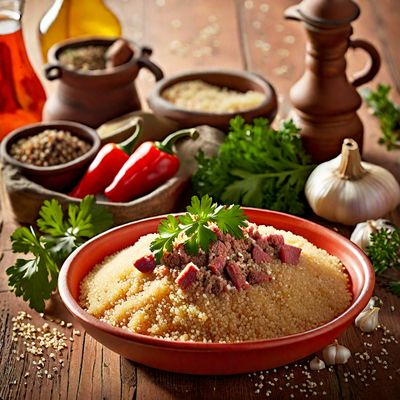
Bosnian-style Couscous
Sarajevo Delight: Bosnian Couscous with a Twist
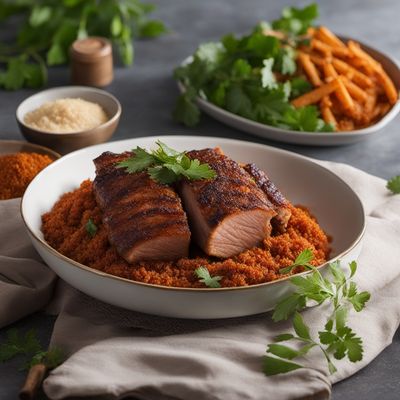
Burkinabé Spiced Roast Pork
Savory and Spicy Burkinabé Roast Pork Delight
